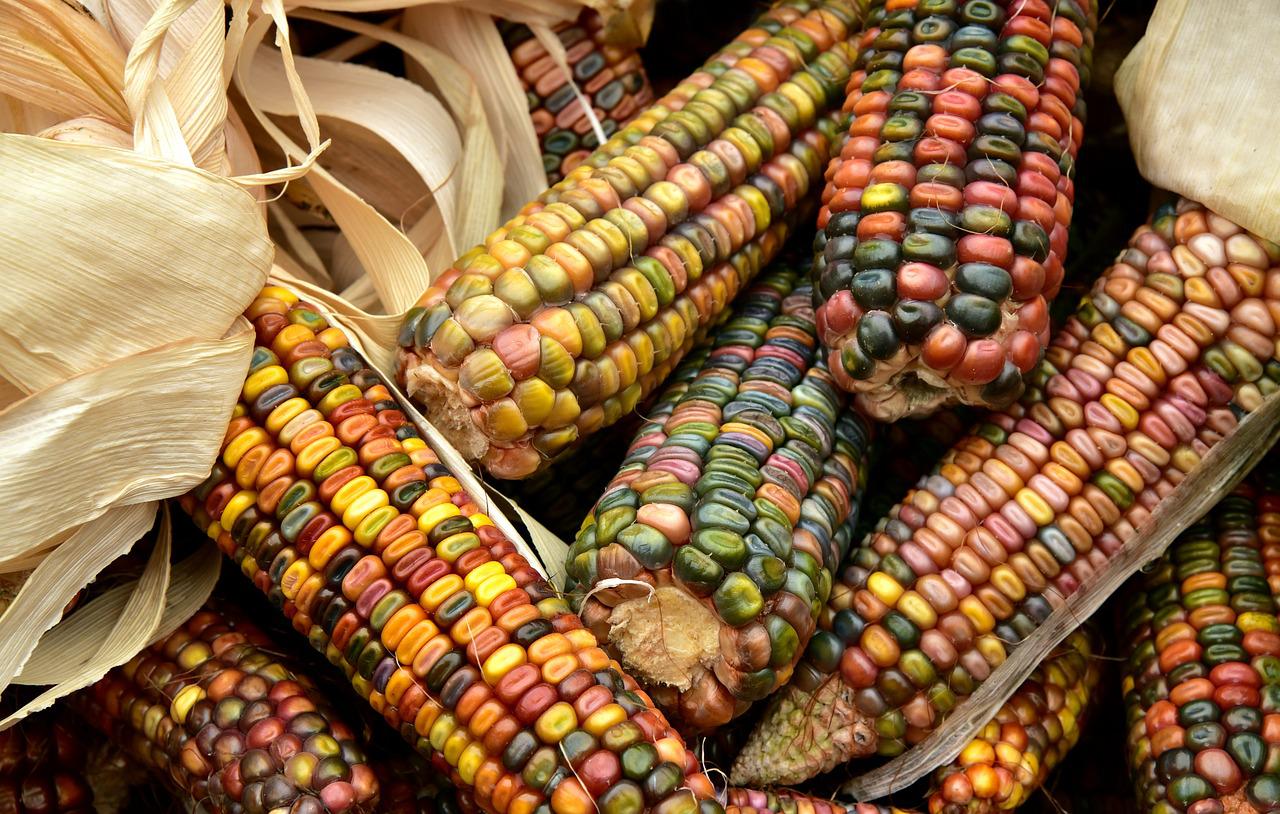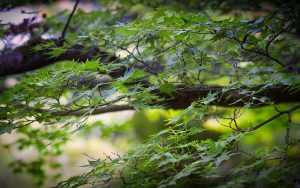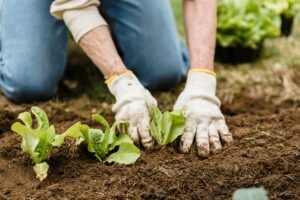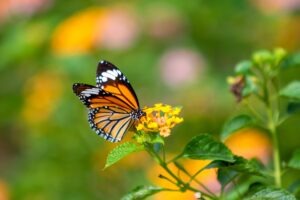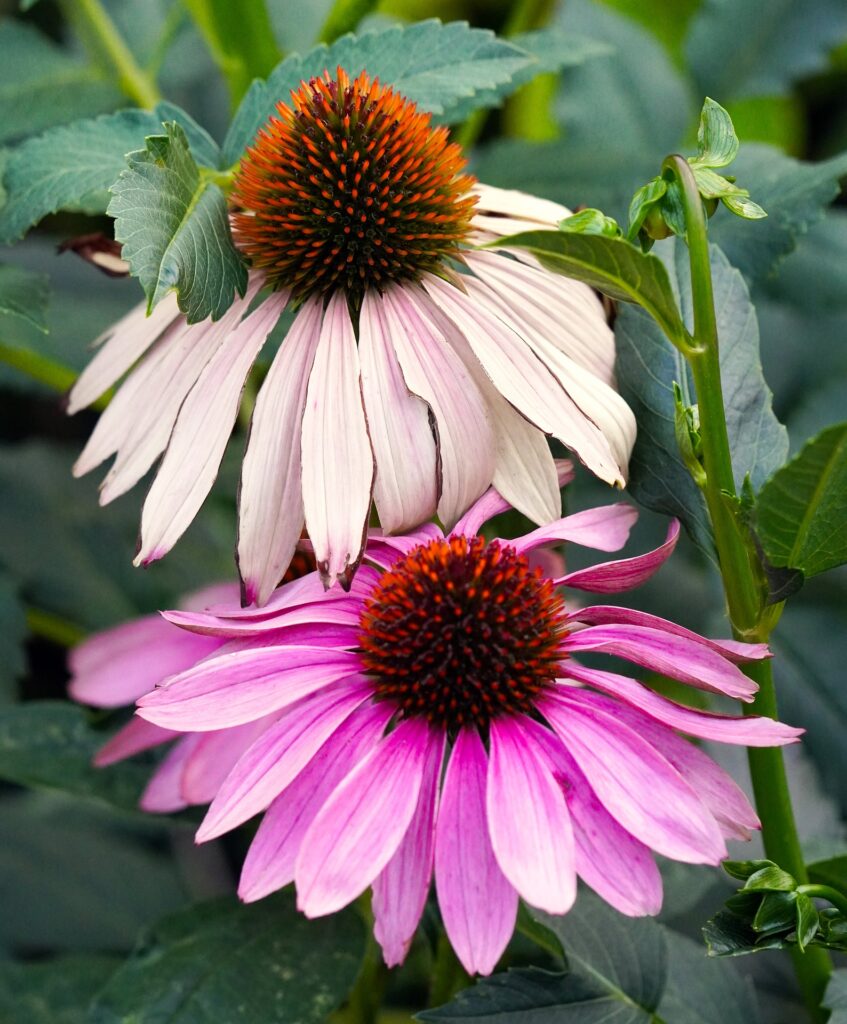
Imagine you lived exactly where you live today–but 500 years ago. If you’re hungry, you can’t go to the grocery store. If you’re tired, you no longer have a foam mattress. If you have a headache, you can’t pop a pill.
Yet the people of the past ate, slept and treated their ailments just as we do. How? They used plants.
A handful of mustang grapes (Vitis mustangensis) made a good snack. Dried sweetgrass (Hierochloe odorata) provided bedding. Purple coneflowers (Echinacea purpurea) offered pain relief. Indigenous people relied on dozens, even hundreds of plants, in their daily life.
The study of the relationship between people and plants is known as ethnobotany. The field encompasses the use of plants by all people in all eras, but ethnobotanists frequently focus on indigenous or traditional knowledge of plants.
The Practice of Ethnobotany
Working as ethnobotanist requires training in multiple fields. A thorough grounding in botany and ecology must be combined with the skills of an anthropologist.
| Native Texas Plants and Their Uses |
|---|
| The indigenous people of Texas had in-depth knowledge of local plants. Here are some uses for common plants of our area:* • Honey locust (Gleditsia triancanthos) pods were made into a tea to treat indigestion and measles. • The roots and leaves of American beautyberry (Callicarpa americana) were used to treat rheumatism, fevers and malaria. • Cattails (Typha domingensis) were woven into baskets. • Mesquite (Prosopis glandulosa var. torreyana) roots were crafted into mortars to grind corn. • Yucca (Yucca) was pounded into soap. |
Ethnobotanists often work closely with indigenous people. This requires sensitivity and openness; the ethnobotanist must build relationships of mutual respect.
The discipline is highly attuned to the ethical implications of its work. Previous generations of researchers have been accused of taking advantage of native peoples by using their knowledge for their own ends. Indigenous people are understandably wary of outsiders learning their traditions and using them to profit from, for example, the development of pharmaceuticals.
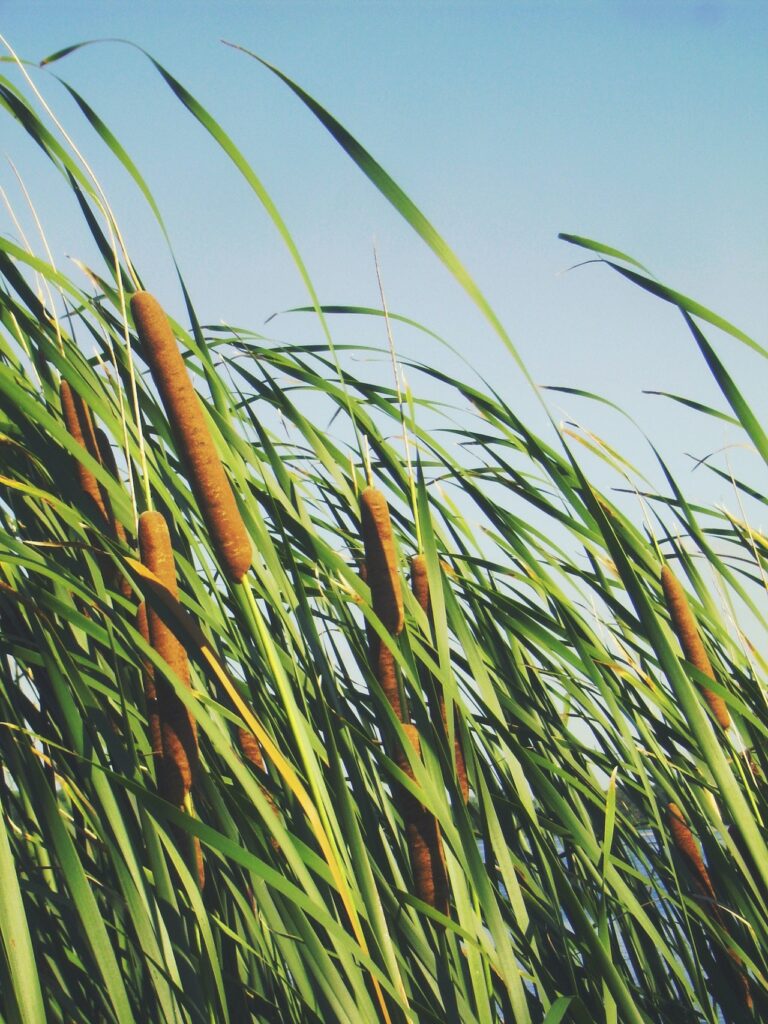
Contemporary ethnobotanists strive to work alongside indigenous communities for mutual benefit. While not herself an ethnobotanist, Resident Research Associate Grace Lloyd Bascopé is a medical and environmental anthropologist who has worked in both the Maya world and in the southern plains of the United States to better understand the relationship between indigenous people and plants. She works in close collaboration with the members of the Yucatán Maya communities where she conducts her research and focuses on how on-going changes in the Yucatán, such as diminishing corn cultivation, impact construction of Yucatec Maya cultural identity.*
Use of Plants in Hispanic Communities
Two upcoming events associated with the Garden’s four-week celebration of Hispanic Heritage, ¡Celebramos!, provide insights into two different Hispanic cultures use plants.
On Sept. 17, we invite you to learn about La Herbolaria, the use of botanical material in medical and cultural practices. In this presentation by the Texas Health Blue Zones Project, guests will be able to sample delicious agua fresca and learn how to make your own, learn about Curanderos/Curanderas practices and their history and discover the medical power of plants.
On Oct. 4, you are invited to attend a talk on Caribbean Urban Ethnobotanies in New York City by Ina Vandebroek. Vandebroek studies traditional plant knowledge and use its use in medicine and as a food source. She will discuss her work with Caribbean immigrants in New York City and consider how this community uses the plants of their native islands for healthcare.
Ethnobotany opens doors to understanding how different cultures use plants in their everyday lives and helps us appreciate all that plants can be.
Corrections:
This article originally included reference to Yaupon holly (Ilex vomitoria) and stated that the berries of the plant were used to induce vomiting. In fact, the berries are poisonous and should not be ingested, especially by children.
This article also originally implied that Grace Lloyd Bascopé was an ethnobotanist. While Dr. Bascopé’s work examines the relationship between indigenous peoples and plants, she is not, in fact, an ethnobotanist.
We regret the errors.

